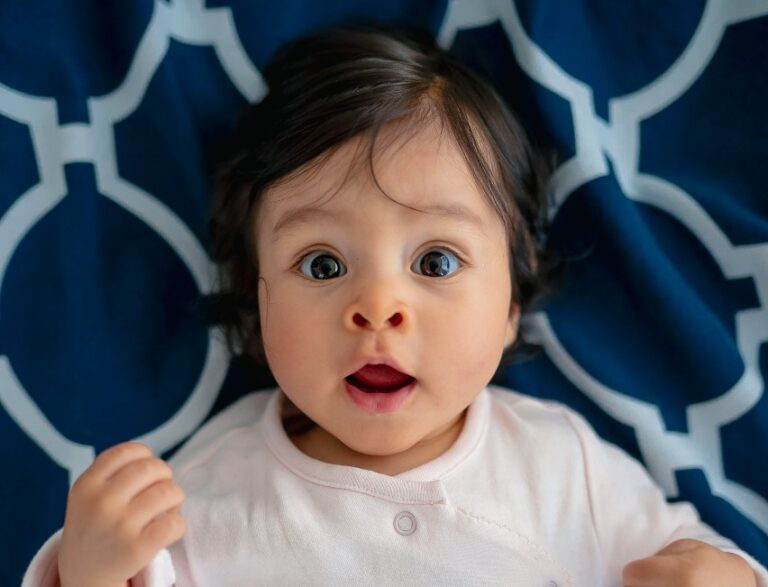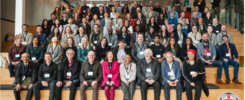This wide-ranging issue features analysis of the Prime Minister’s comments on ‘having more babies’, new methods for diversity projections, and modelling migrant inequality using the IDI.
Three articles have clear policy implications. Paul Dalziel, Caroline Saunders, and John Saunders review the interplay of subjective vs objective wellbeing indicators in our national wellbeing frameworks and dashboards – a useful overview in a complex and sometimes confusing area. Ahmed Islam, Omoniyi Alimi and Francis Collins use IDI data to find that income inequality is higher among the migrant population than the NZ-born, showing that understanding or analysis of migrant groups is often too simplistic. Ten health researchers apply the new rural classification designed for health analysis to 2018 Census data, to provide a thorough sociodemographic overview of the rural-urban divide.
Two articles directly tackle media practices. Bryndl Hohmann-Marriott’s analysis of the coverage of Christopher Luxon’s ‘have more babies’ comment prior to the 2023 election, notes that demographic statistics are often interpreted inaccurately in the press, and that discourse is too restricted to the individual choice to ‘have babies’ or not, rather than systemic or societal conditions. The article highlights the importance of including a human rights approach in reporting on fertility and demography in the media. Also a media primer of sorts in this issue is Nicole Satherley, Lara Greaves and Andrew Sporle’s clear step-by-step guidance on how to interpret and report on public opinion polling. A robust and clearly-written expansion on their short listicle published before the 2023 election, the article offers a local gold standard for training newsrooms and students.
There are also two methodological papers that expand the possibilities of population studies. One paper by Mohana Mondal, Michael Cameron, and Jacques Poot, tests the ability of dynamic spatial microsimulation to accurately make small-area ethnic population projections in Auckland. Meanwhile, French demographers Leïla Fardeau, Éva Lelièvre, Loïc Trabut use ascending hierarchical classification to generate a new detailed typology of ‘complex’ households in French Polynesia beyond the Western-style nuclear family, including the many variations of ‘lineage households’ that have at least two generations of adults.
Download the whole issue here, or browse individual papers and back issues of NZPR here. More on submitting to NZPR here.
Image credit: Juan Encalada on Unsplash


